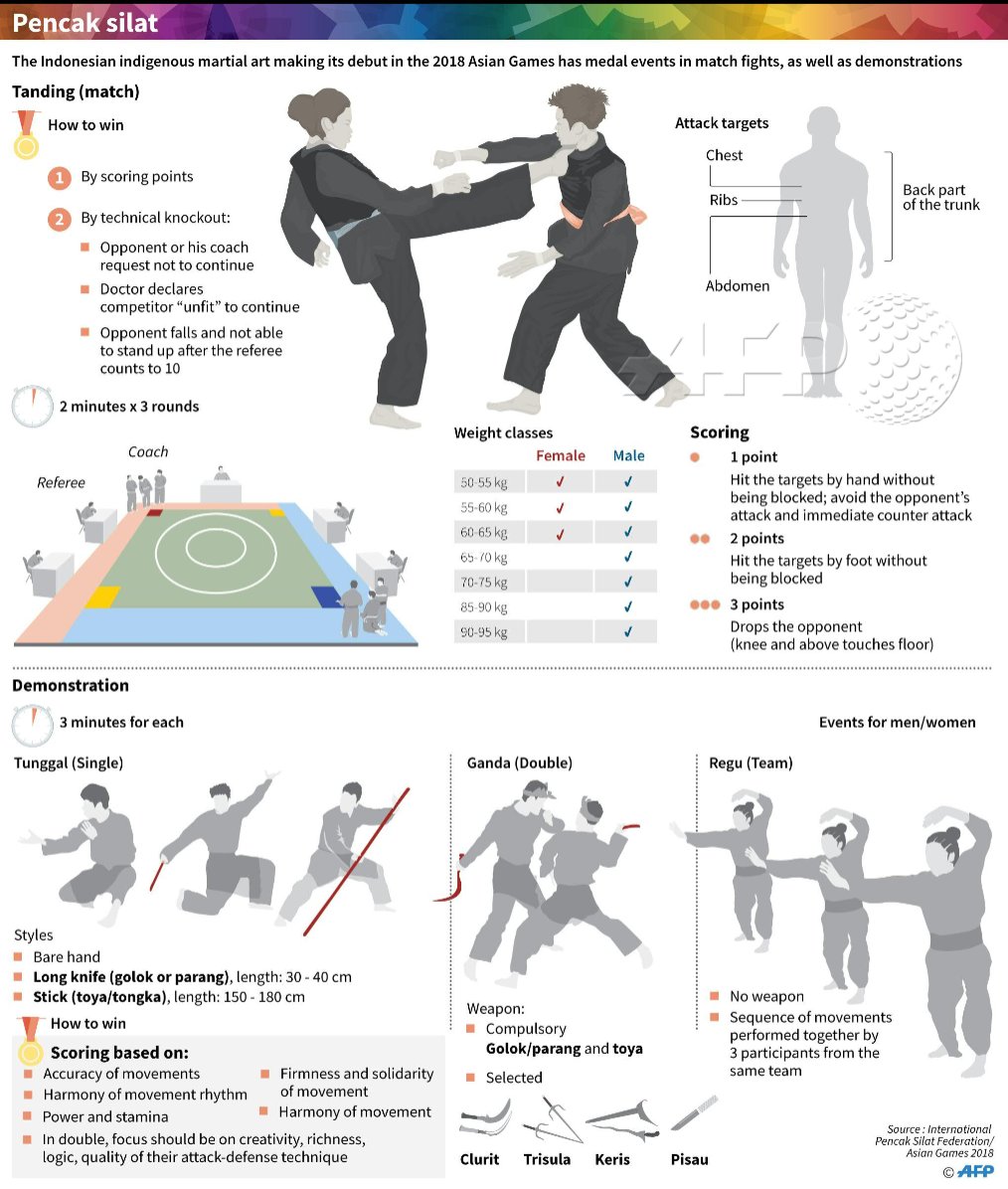Taekwondo Forms: Understanding The Fundamentals And Their Importance
Taekwondo Forms: Understanding The Fundamentals And Their Importance
Blog Article
Article Composed By-Stein Ottosen
Did you recognize that there more than 20 different taekwondo kinds, each with its very own one-of-a-kind series of motions and techniques? These forms, also called poomsae, play an important role in the technique and development of taekwondo specialists.
Yet exactly what are these forms, and why are they so considerable? In this conversation, we will explore the essentials of taekwondo kinds, their beginnings, and the crucial elements that make them an essential part of this martial art.
Whether you're a novice or a seasoned professional, recognizing the significance of taekwondo forms will deepen your gratitude for this old technique and improve your trip towards mastery.
Beginnings and Development
The beginnings and advancement of Taekwondo can be traced back to ancient fighting styles methods in Korea. It was created over 2,000 years back and has because become a prominent and around the world acknowledged sport.
Taekwondo was greatly affected by numerous Korean fighting styles designs, such as Taekkyon and Subak, along with Chinese martial arts. It was initially made use of as a means of self-defense, yet gradually, it developed right into an affordable sporting activity that focuses on striking strategies and high kicks.
In the 20th century, Taekwondo underwent a significant change and was standard right into its modern-day type. The Korea Taekwondo Association played a vital duty in this process, aiding to establish guidelines, techniques, and creates that are still complied with today.
Crucial Element and Techniques
Now let's discover the fundamental aspects and strategies of Taekwondo. To fully understand the crucial elements and methods, it is very important to delve deeper right into the complying with subtopics:
- Stances: Taekwondo highlights the right use positions, such as the front stance, back position, and steed stance. These positions give security, equilibrium, and power in carrying out various methods.
- Strikes and Kicks: Taekwondo is renowned for its powerful and dynamic kicks, including the front kick, roundhouse kick, and side kick. Strikes, such as strikes and knifehand strikes, are likewise crucial strategies in Taekwondo.
- Blocks and Defense: Reliable protection is important in Taekwondo. Blocks, such as the high block and reduced block, are made use of to secure versus incoming attacks. Correct timing and positioning are vital to effectively defending oneself.
Advantages and Effect
Among the substantial benefits of practicing Taekwondo is the improvement of physical fitness and general health. By participating in regular training sessions, you can improve your cardiovascular wellness, stamina, versatility, and endurance. Taekwondo includes a variety of movements that target various muscle mass groups, aiding you build a solid and toned figure.
Additionally, this fighting style advertises psychological wellness by lowering stress and anxiety levels. The discipline and emphasis required in practicing Taekwondo can help improve your concentration and improve your capacity to take care of tough circumstances.
Furthermore, mebane martial arts champions of Taekwondo instills a sense of confidence, self-discipline, and self-constraint, which can favorably impact different locations of your life. Generally, practicing Taekwondo can result in a much healthier and extra balanced lifestyle.
recommended have it! Taekwondo forms aren't simply mere routines, but a depiction of the rich background and evolution of this fighting style. By mastering the crucial elements and methods, practitioners can enjoy numerous physical and psychological benefits.
From enhanced versatility and toughness to improved focus and discipline, taekwondo kinds have an enduring effect on those who practice them.
So, whether you're a newbie or a knowledgeable martial artist, welcome the power of these forms and let them take you on a journey through time.
